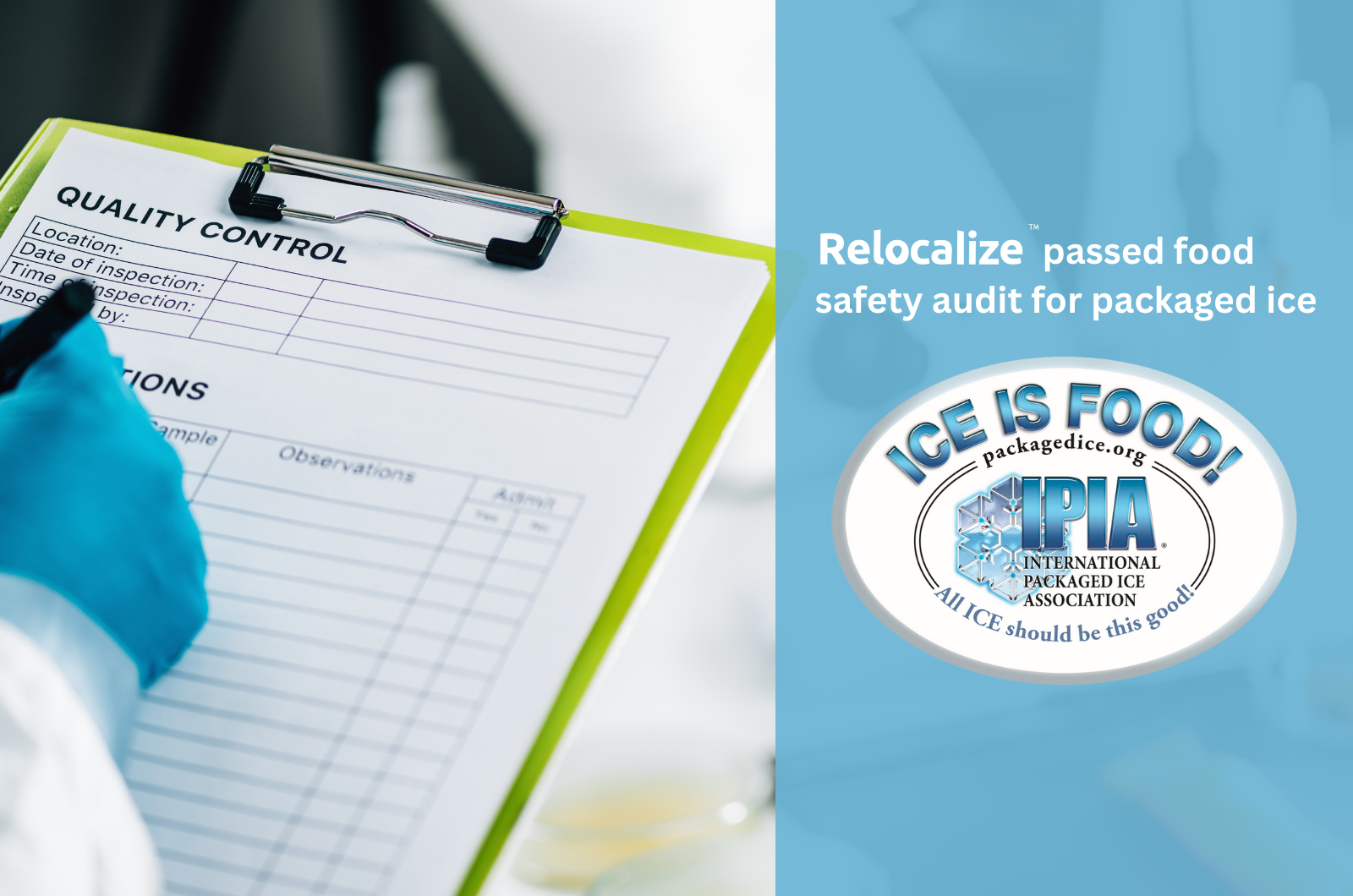In the start-up world, the word “disruption” is so overused that I often find myself grinding my teeth together when I hear it.
It is, however, understandable why it is overused so frequently. Disruption stories are exciting. They offer a mix of innovation, conflict and David-vs-Goliath imagery to catch the attention of investors, media and consumers. The stories invariably involve a group of plucky entrepreneurs on a mission to fix an inept or broken industry thereby saving the world (also a trope that is getting old, but don’t get me started).
The Oxford English dictionary defines “disruption” as “the act of stopping something from continuing in the normal way”.
For a slightly more detailed business definition, we can look to the words of Clayton Christensen. He tells us that you get disruption when “a product or service takes root initially in simple applications at the bottom of a market and then relentlessly moves up market, eventually displacing established competitors”.
Examples of true disruption include:
- Netflix vs. Blockbuster
- Mini-mills vs. Steel industry
- Wikipedia vs. Encyclopedia
- LEDs vs. Incandescent lighting
- Mobile phones vs. Cameras
Now, I have a confession to make. I’ve been using the word “disruptive” to describe my new business. The question that I am asking myself is, have I made myself a hypocrite? I really hope not, but I would be far from the first person to fall victim to positive self-perception bias.
The “5 Criteria for Disruption” that I apply are as follows:
- Could the new entrant severely damage or bankrupt some or all of the market leaders in the business today by changing industry economics (e.g. cost)?
- Could the new entrant transform one of the biggest strengths of the incumbents into their biggest weakness?
- Are the incumbents likely to ignore the upstart or be prevented from responding to their challenge?
- Once the new entrant captures some of the incumbents' customers, will the remaining customers switch en masse to the new entrant?
- Are there structural or other barriers that will prevent the incumbents from easily adopting the start-up’s innovation?
At Relocalize, we are looking to disrupt the packaged ice industry in the sense that the businesses operating in our market may cease to exist, unless they find a new way to continue. We are attacking the core processes and economics of the industry with a solution that (I strongly believe) will make their centralized production and business models obsolete...fast.
At Relocalize, we are looking to disrupt the packaged ice industry in the sense that the businesses operating in our market may cease to exist
We believe that we can bring superior product quality, radical cost reduction and sustainability to the packaged ice industry, which will accelerate a rapid shift to our offering.
The barriers to adopting our “secret sauce” are high (forgive me for not getting into too much detail on the recipe). Relocalize's combination of strong intellectual property protection, radically differentiated customer experience and strong sustainability value proposition set a high bar. Once you add a continuing innovation capability and radically low production cost model, it will be very hard for incumbents to evolve and complete.
Now I am asking for your help. Does it sound like Relocalize has earned the right to use the word “disruptive”? I think of us like a small version of mini-mills vs. big steel.
If the word does not apply, we should change the way we talk about our company. After all, a company doesn’t have to be disruptive to be amazing. In fact, some of the world’s most innovative companies (like Tesla) don’t fit the definition.








